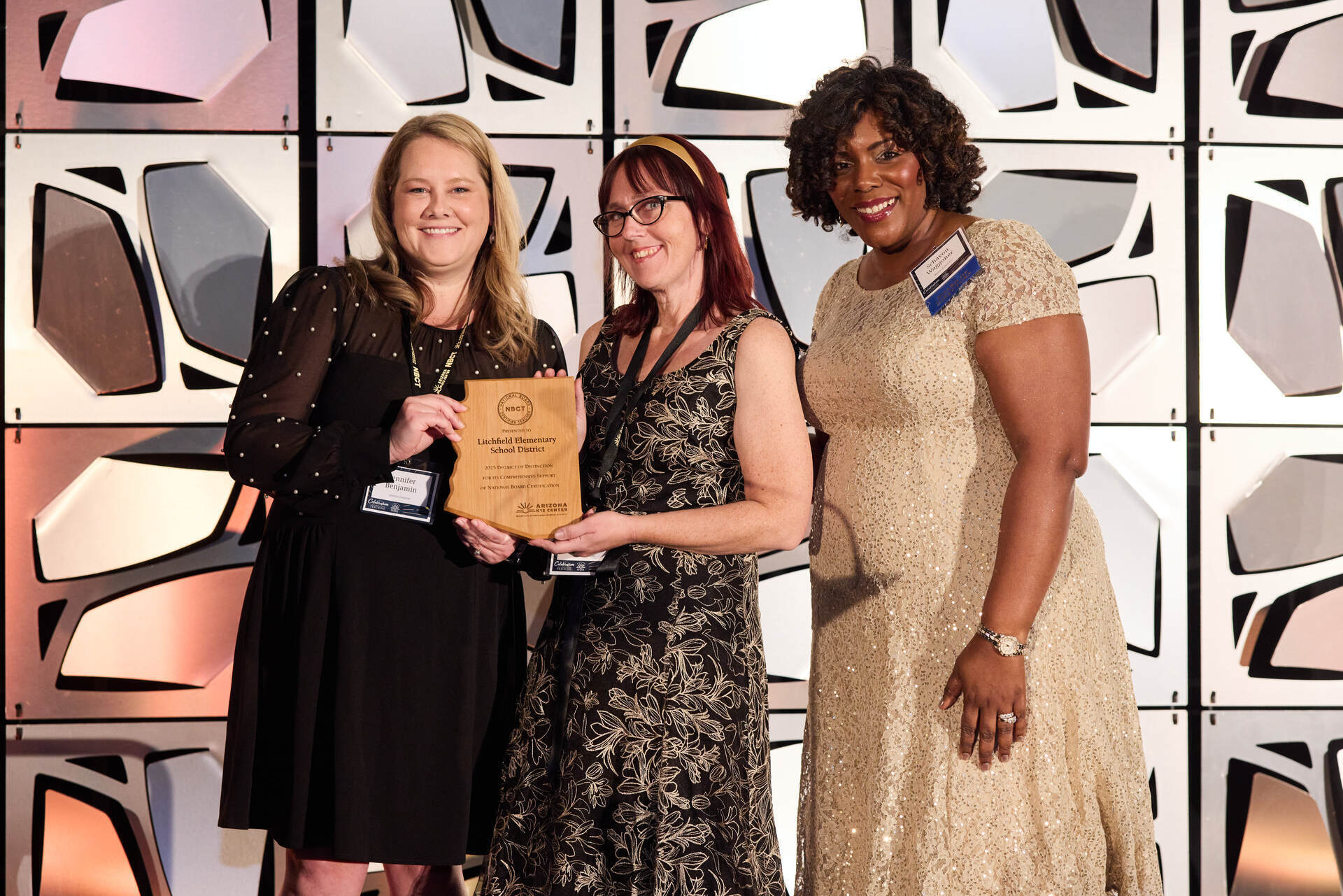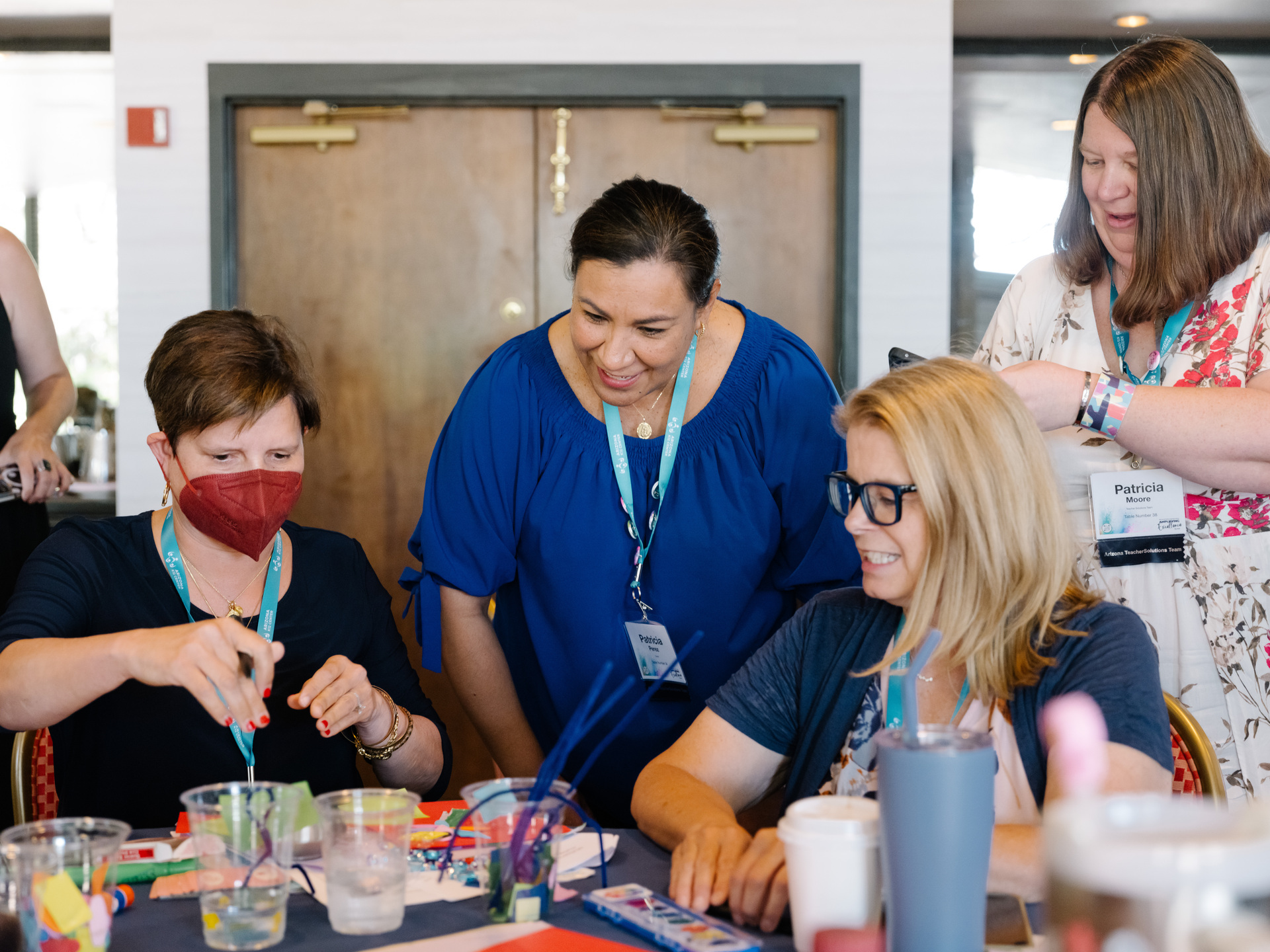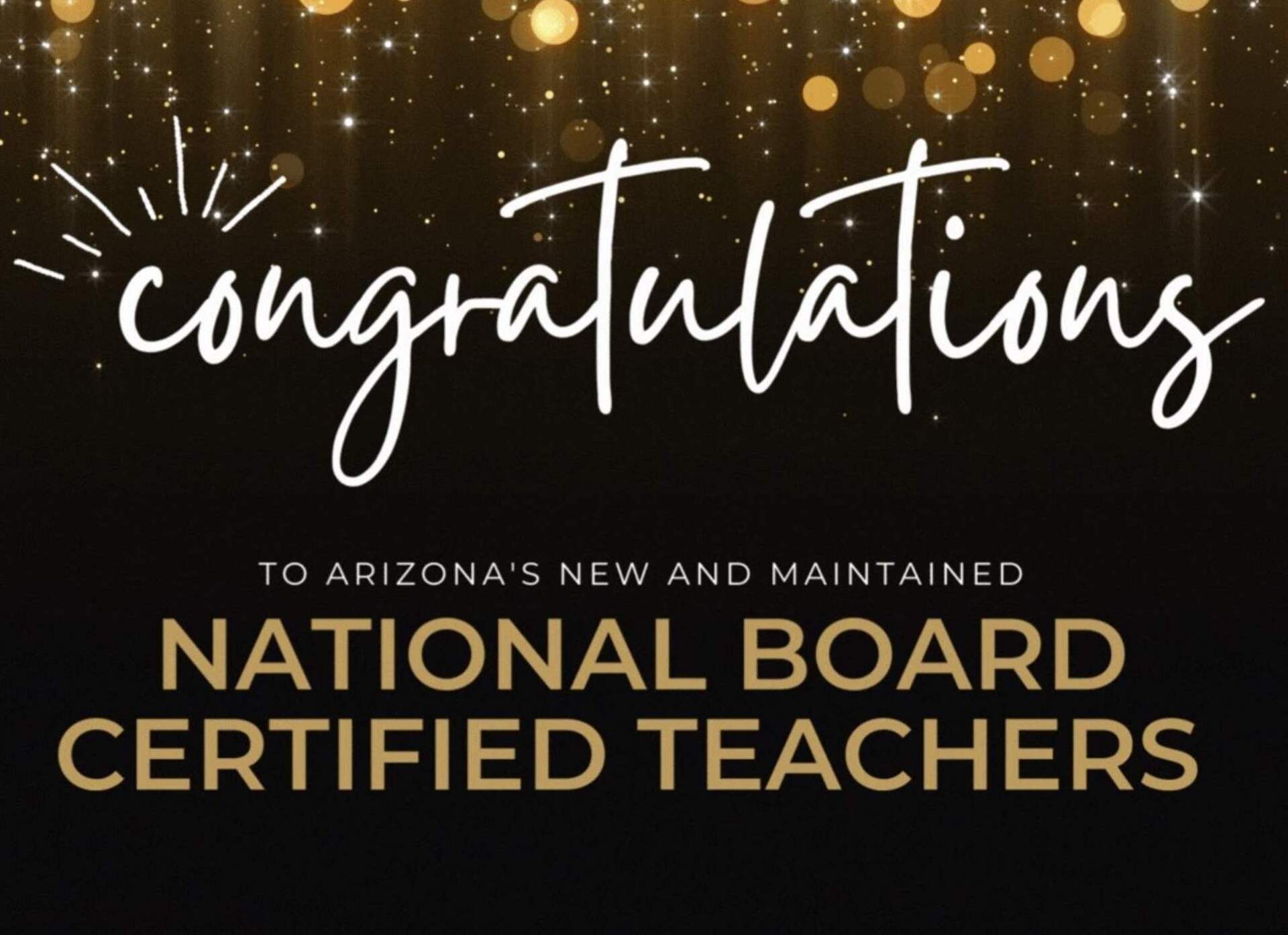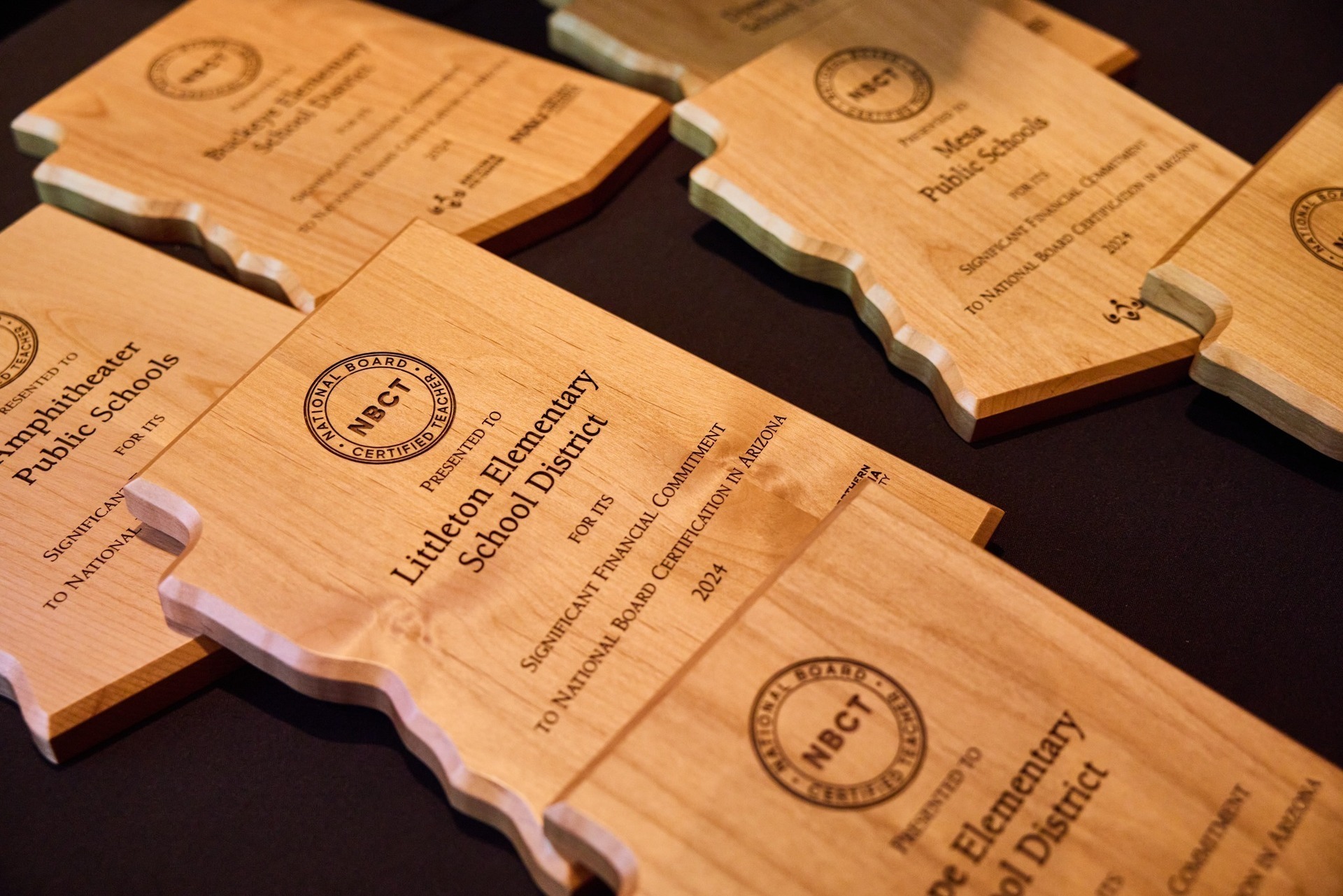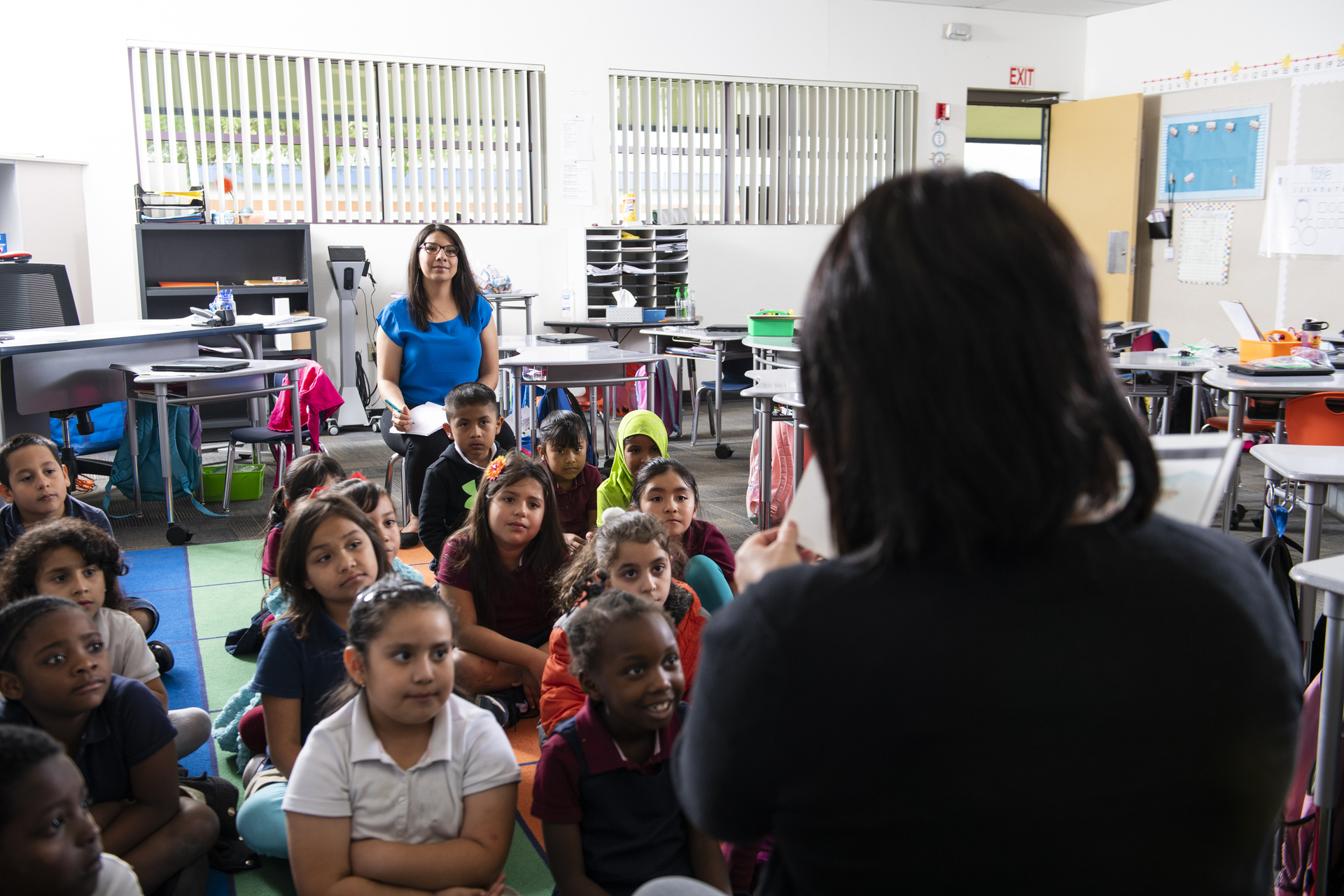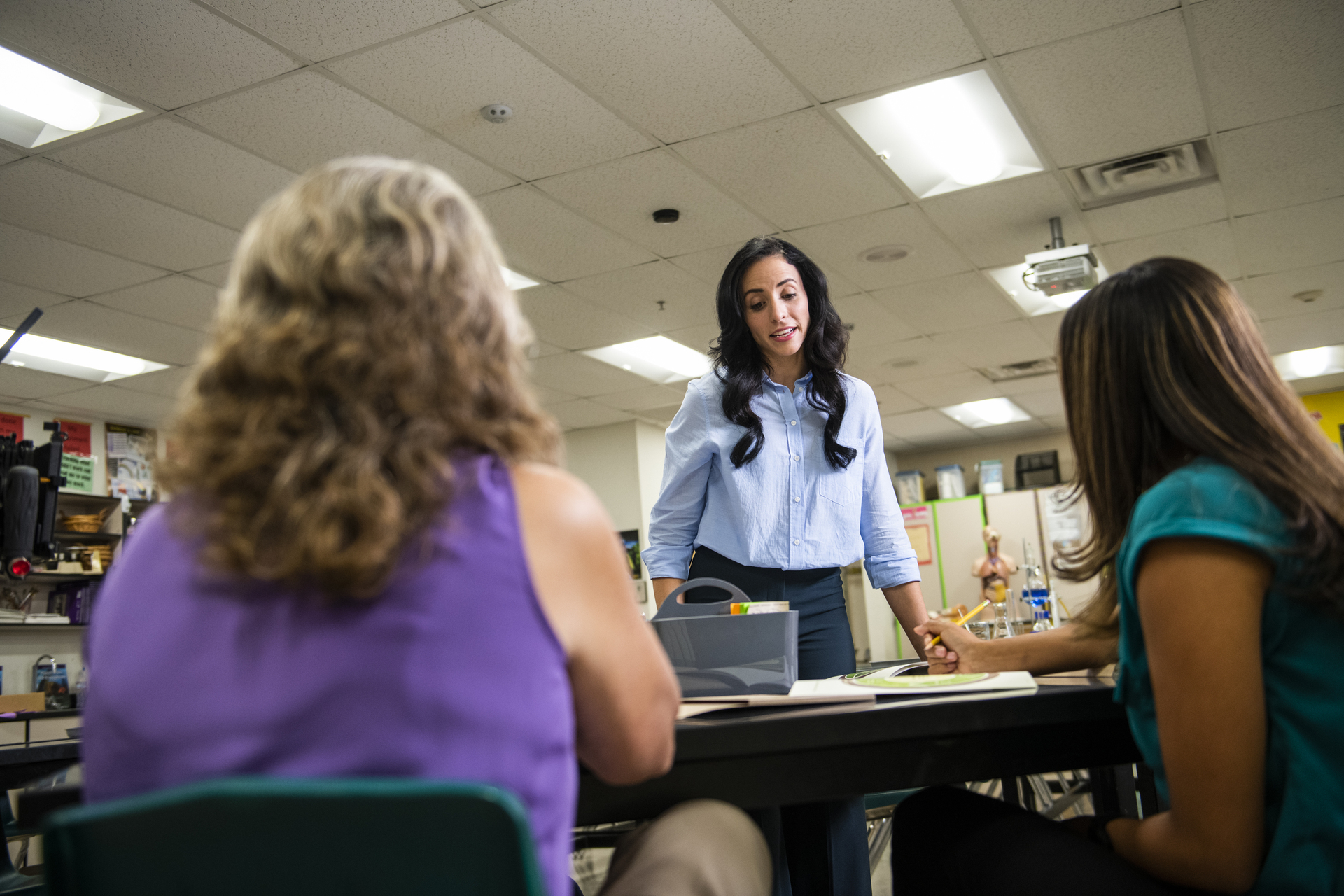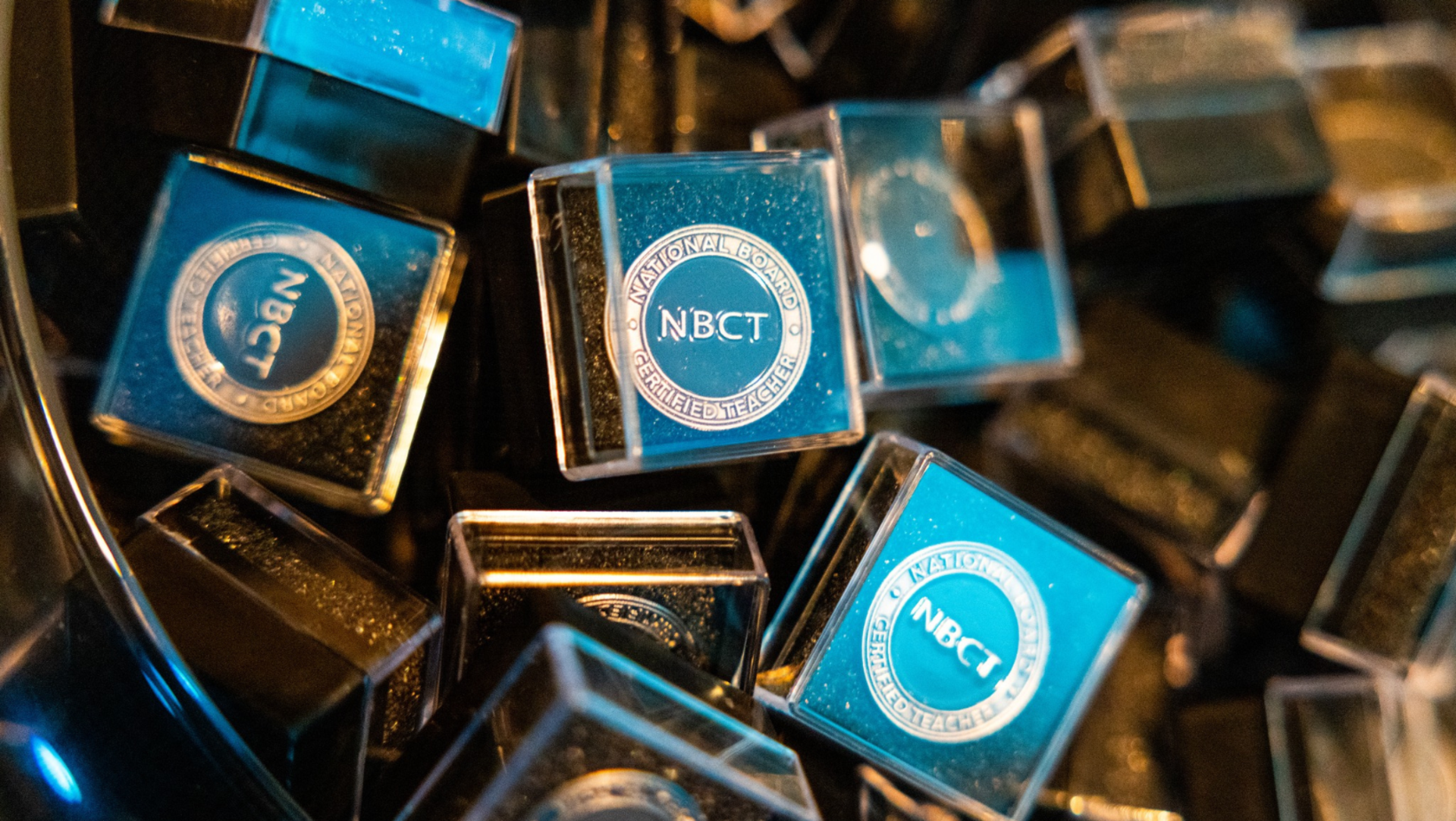July 5, 2021
What is the Primacy/Recency Effect, and Why Should I Care?
As educators, we're all aware of the importance of lesson planning. However, despite our best efforts, many of us are missing out on a crucial piece of information. Sure, we plan backward, create checks for understanding, and craft a beautiful end of lesson assessment, but, often, we unwittingly place the most crucial information in the portion of the lesson that is least likely to be absorbed by our students. the remedy? We need to unlearn some lesson planning conventions and heed what recent research says about how we all learn.
Why WHEN You Teach Matters as Much as WHAT You Teach
The primacy/recency effect says new information is most easily absorbed and retained at the beginning and end of a learning episode. Research suggests that these are the prime times for students to be presented with new content. Anecdotally, this makes a lot of sense. When you sit down in a professional development meeting, when do you pay the most attention? The majority of us are all ears during the beginning of these sessions, when our patience and attention spans have not been exhausted, and at the end, when the promise of freedom has recaptured our attention.
What Must We Unlearn?
Conventional wisdom suggests a lesson plan that adheres to some version of the following structure:
While this is clearly an oversimplification of a lesson planning template, it is a general structure we implement in our classrooms. It’s clean, easy to follow, and makes sense to the majority of us. The problem is, the new information is presented during a time frame that students are least likely to be able to retain it, according to the primacy/recency effect.
So, When Should New Content be Presented?
The lesson structure above, while not wrong, doesn’t take advantage of the primacy (beginning) and recency (end) of a lesson to increase the retention of new content. Applying this research would change the lesson plan structure in the following manner:
Why WHEN You Teach Matters as Much as WHAT You Teach
The primacy/recency effect says new information is most easily absorbed and retained at the beginning and end of a learning episode. Research suggests that these are the prime times for students to be presented with new content. Anecdotally, this makes a lot of sense. When you sit down in a professional development meeting, when do you pay the most attention? The majority of us are all ears during the beginning of these sessions, when our patience and attention spans have not been exhausted, and at the end, when the promise of freedom has recaptured our attention.
What Must We Unlearn?
Conventional wisdom suggests a lesson plan that adheres to some version of the following structure:
- Warm-Up/Catalyst — This time frame is often used to pique interest or review key concepts.
- New Content — This may involve direct instruction, a presentation, notes, etc.
- Practice — During this time frame, students are asked to practice and process new information.
- Assessment — Finally, it’s time to see if anything stuck. Did the students learn?
While this is clearly an oversimplification of a lesson planning template, it is a general structure we implement in our classrooms. It’s clean, easy to follow, and makes sense to the majority of us. The problem is, the new information is presented during a time frame that students are least likely to be able to retain it, according to the primacy/recency effect.
So, When Should New Content be Presented?
The lesson structure above, while not wrong, doesn’t take advantage of the primacy (beginning) and recency (end) of a lesson to increase the retention of new content. Applying this research would change the lesson plan structure in the following manner:
- New Content Part I — A short burst of new information when students are most able to absorb it.
- Practice — A chance to process and manipulate the new information.
- Assessment — Have students learned the new information?
- New Content Part II — This may involve an extension of the concepts taught earlier, differentiation for leveled learners, or even a preview of the next day’s lesson.

